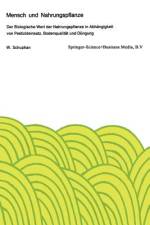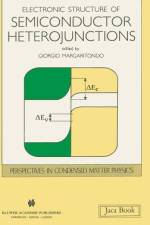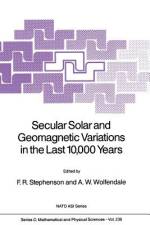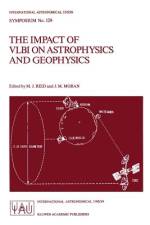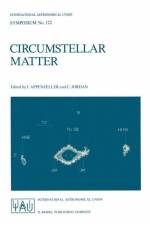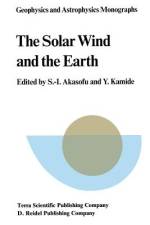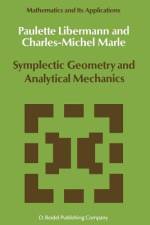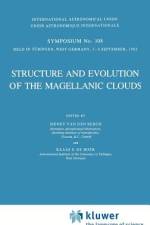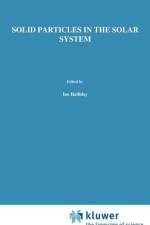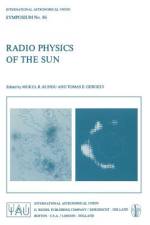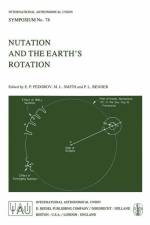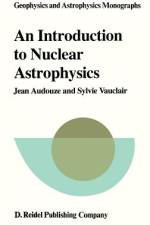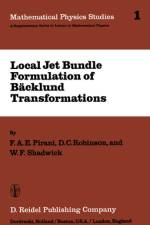von M. R. Kundu & T. E. Gergely
185,00 €
For over 35 years, radio astronomical techniques have made an impressive series of advances in our understanding of solar phenomena. However, although the subject has been partially discussed in "Paris Symposium on Radio Astronomy" in 1958, NASA-GSFC Symposium on "Physics of Solar Flares" in 1963, and the lAU Symposium No. 57 on "Coronal Disturbances" in 1973, there has not been a major international meeting dedicated to "Radio Physics of the Sun". This is the first major symposium on the subject held under the auspices of the International Astronomical Union. It was jointly spon sored by lAU Commission 40, Radio Astronomy, and by lAU Commission 10, Solar Activity. It was also sponsored by the Solar Physics Division of the American Astronomical Society. Thig volume contains the proceedings of this meeting, lAU Symposium No. 86 on "Radio Physics of the Sun" that was held in College Park, Maryland, August 7-10, 1979. The Scientific Organizing Committee of the Symposium consisted of M. R. Kundu (chairman), G. A. Dulk, O. Hachenberg, M. Kuperus, D. J. McLean, D. Melrose, M. Pick, J. L. Steinberg, T. Takakura, A. Tlamicha and V. V. Zheleznyakov. The topics and speakers were chosen in order to emphasize the current observational material with particular reference to centi meter wavelength observations of a few arc-second resolution, fast two-dimensional pictures of the sun at meter-decameter wavelengths and the recent advances in plasma and radiation theory.


